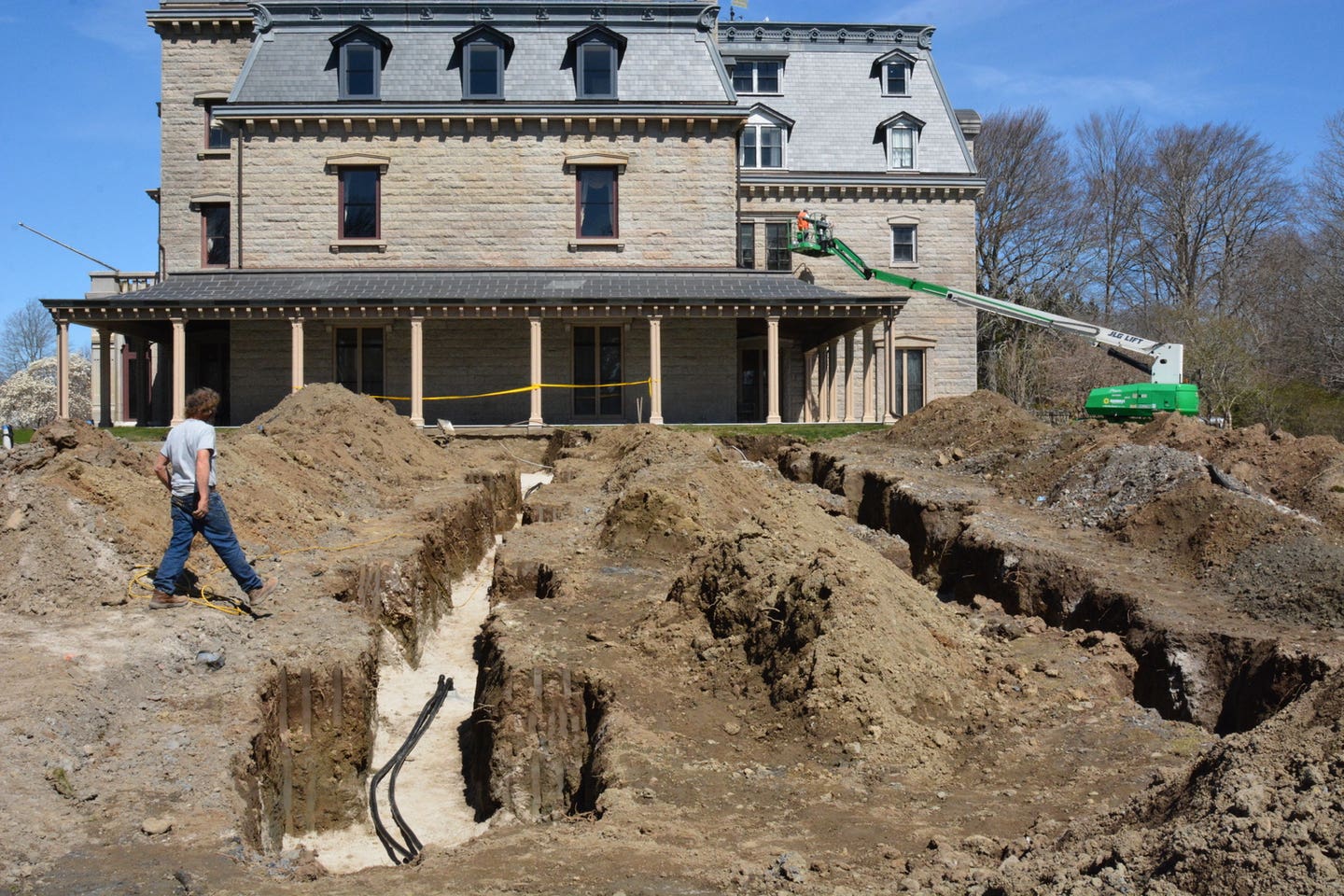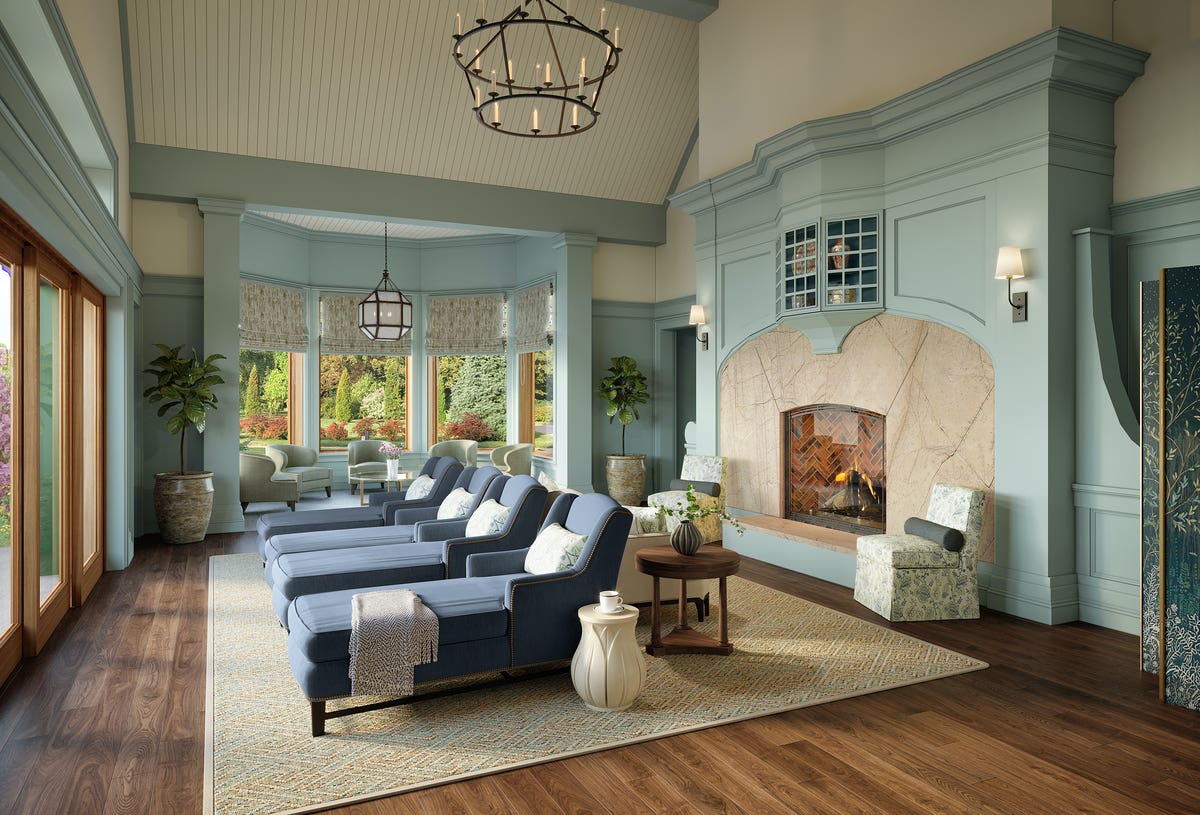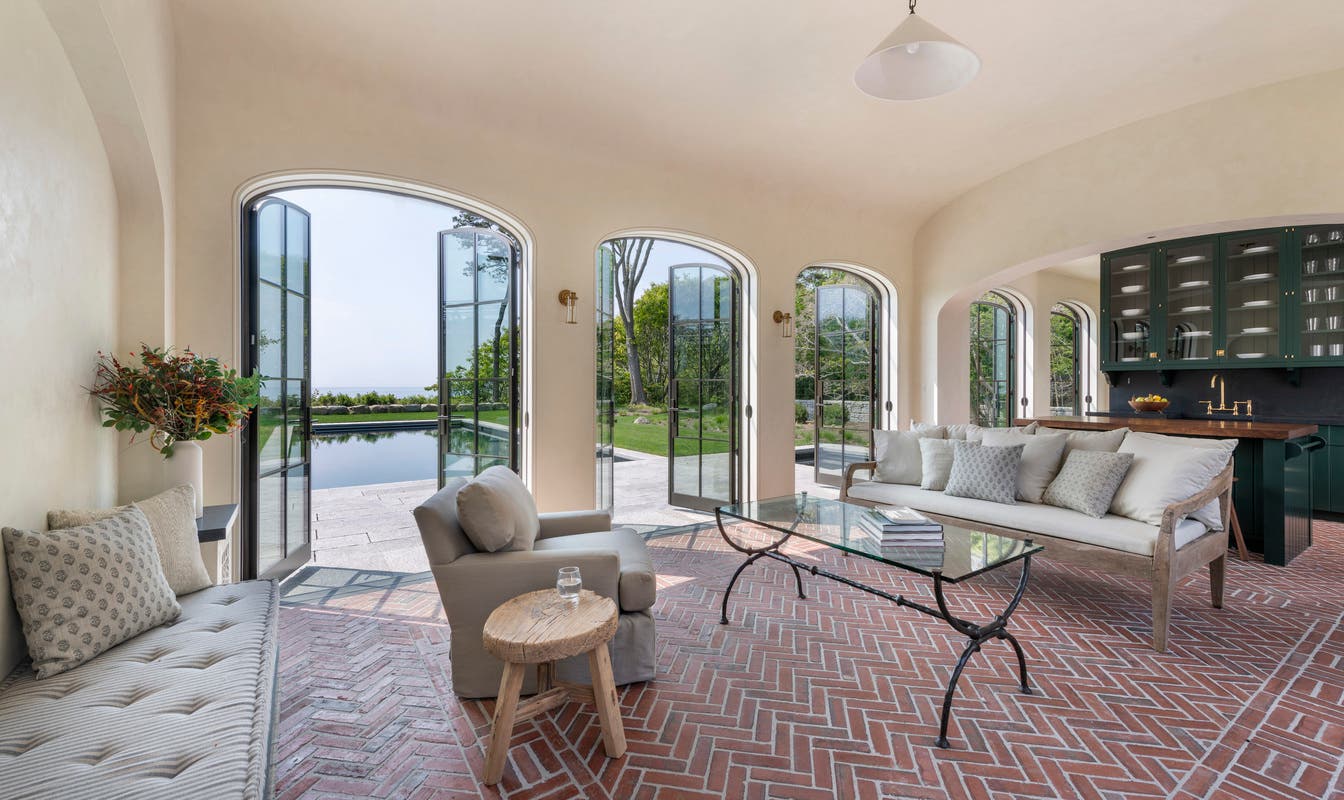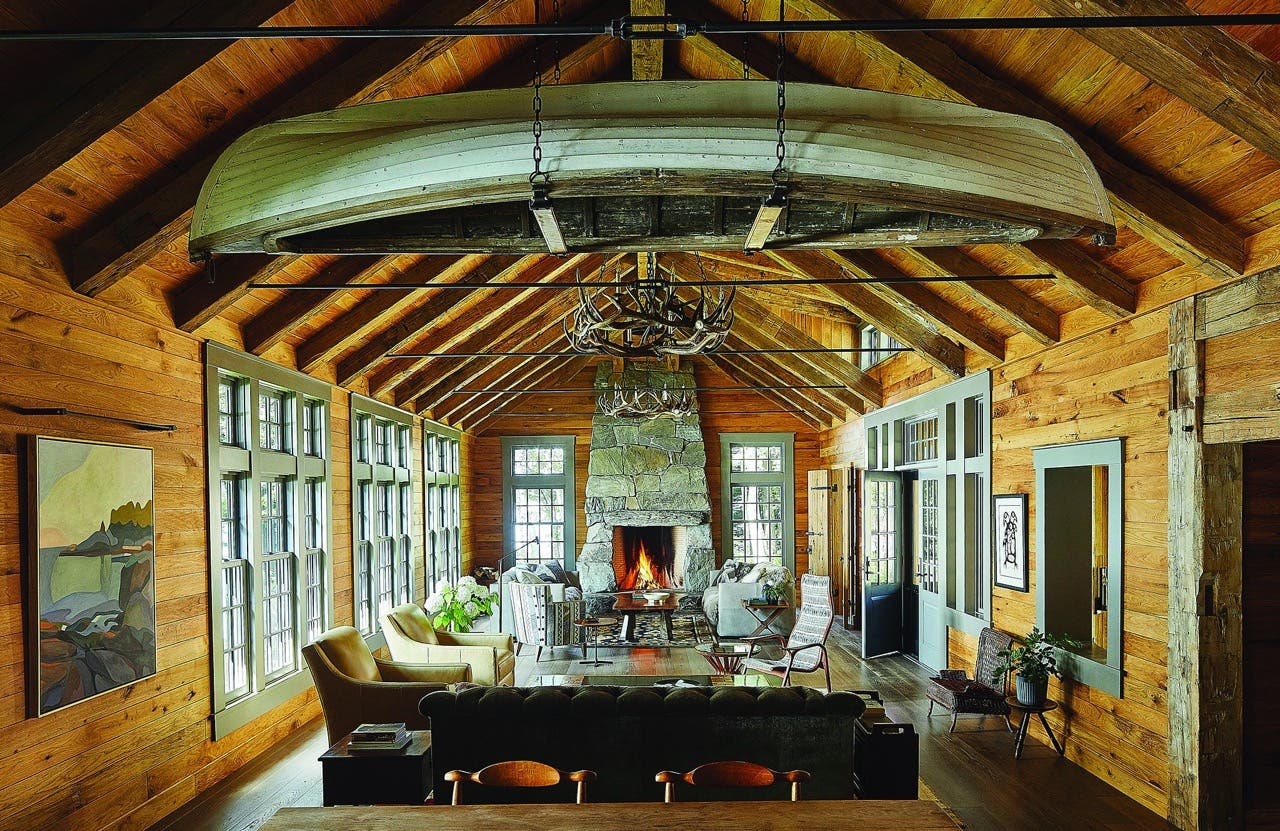
Opinions & Editorials
Finding the Right Decorative Paint Scheme
Whether you are building a new home or moving into a piece of history, choosing a decorative paint scheme can make all the difference.
By William Barry
Home is a special place. It’s the place where you dwell, abide and can truly relax. In the intimacy of your home you enjoy the company of family and friends. Your residence is a retreat – a place that needs to be both personal and comfortable. To create such a personal place, you need to make that home uniquely your own, and an essential ingredient in creating a place of comfort is beauty. The artful execution of a decorative paint scheme can do just that.
Some say beauty has lost its seat among our core values, which is perhaps related to the fact that others say it is entirely subjective, being left to the eye of the beholder. The former may be true, but the latter is not. True beauty is universal, touching something very basic and primal, and governed by fundamentals that spring from nature. On the subject of beauty, Thomas Matthews’ piece “Classic Beauty” was in this spot last May, and is well worth revisiting.
Whether you are building a new home or moving into a piece of history, paint provides wonderful opportunities to make your home uniquely yours. It has, in fact, for all time. The architecture of any home takes the three-dimensional physical manifestation of detail, shapes and architectural elements to a certain level, either determined by design or sometimes by constraints of available materials, skills or cost. But there’s no need to stop there. History is replete with expressions in paint that reinforce, build upon and play on the architecture.
The 19th-century English architect Owen Jones suggested that building form without color was like a body without a soul. Renowned for his study of design theory, color and architectural ornament, his insights were many. In The Grammar of Ornament, he cites a series of general principles for the decorative arts, the very first of which states: “Proposition 1. The Decorative Arts arise from, and should properly be attendant upon, Architecture.” The book is readily available online and a beautiful read, still relevant today. There are numerous historic sources for inspiration, including other masters elegantly completing architectural expressions of very personal places.
There are various styles one can work within, and if you are moving into an existing period home, your direction might already be generally established. If it’s a true restoration of a period home, a commitment to academic rigor and research is required to guide one’s return to the target period. In such projects, the focus of regulatory oversight is typically on the exterior, leaving you some leeway on the interior for opportunities to express yourself creatively. If you are designing and building a new home, the interior is still likely the realm for you to be uniquely individual in creating a personal sense of place. When making a unique personal statement in the design of your home, the notion of resale value might raise its head, but that’s the beauty of the paint’s flexibility.
Your investment in the exterior structure provides you shelter, while your investment in the beautification of the interior spaces turns your house into a home. It’s an important factor in one’s quality of life. This is where you live, and living is what you work for. Creativity is an integral part of our nature, too often suppressed from childhood. So, express yourself. Don’t be afraid to be a little whimsical. The decorative techniques and finishes available to you are many, not just textured surfaces and patterned border treatments. As you animate a space, consider including personal references and integrating elements that are meaningful to you. Maybe have some fun with faux, or fool the eye with trompe l’oeil. Perhaps create a storied mural in a special place. Don’t be intimidated by the books that inspire you, or by knowing the rules of a style you might favor. Team up with an artisan in your area who can offer design guidance, including an holistic approach that focuses on how different spaces will relate to one another, an understanding of the use of color, the development of your personalized details, and a skilled execution.
While this is an important aspect of creating your home, the scope of your effort can be modest. Note the impact that a simple vase of flowers can have on a space. An artful touch of paint goes beyond furnishings and objects and becomes part of the room architecture, yet without major construction to do it – or to undo it. If you’re waiting for the right time, it’s better to at least get started on this creative journey than to put it off entirely. If a modest pace is required, phase the execution of different elements over time. Anticipating and planning for the next step while you are living in the space can be almost as enjoyable as living in the finished product.
And then, after you are gone from the place you’ve called home, what you did to make it your own may actually be desirable to another generation of owners. But don’t saddle yourself with such expectations. Just enjoy your own moment on the timeline of history within your own home, and balance your aspirations, and perhaps trepidations, with the comforting notion that after all is said and done, it’s paint.
William Barry is director of preservation at John Canning Studios, a company of building artisans skilled in traditional decorative finishes, and expert in the conservation of historic interiors as well as the creation of authentic new interiors. Before joining Canning Studios, his architectural practice focused on the revitalization of heritage structures and collections, many of them national historic landmarks. Originally from New Orleans, Barry is a resident of Cambridge, MA, and serves on the board of the Boston Preservation Alliance.







